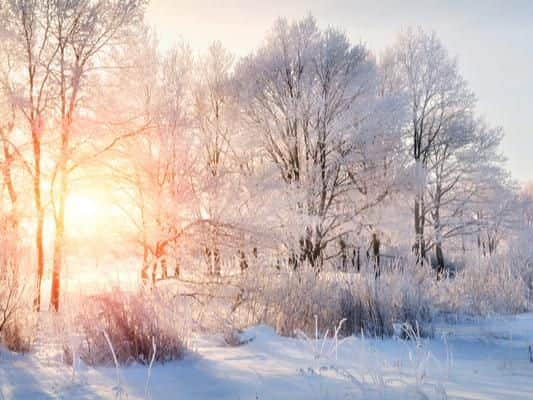How likely is the polar vortex to bring snow to Yorkshire - the Met Office explains


What is a polar vortex?
According to the Met Office, “The polar vortex is a circulation of winds high up in the stratosphere, up to 30 miles (50 km) above the earth.
“The winds regularly exceed 155 miles per hour (250 km per hour) – the strength of the winds in the strongest hurricanes (known as Category 5).
Advertisement
Hide AdAdvertisement
Hide Ad

“During the winter it can strengthen and weaken. These changes exert an influence lower down in the atmosphere and ultimately on our weather.
However, the polar vortex “is present in winter, and is not a new phenomenon, scientists have known about it for many years,” add the Met Office.
How does the Polar Vortex affect the weather?
“A strong polar vortex favours a strong jet stream. The jet stream is a fast moving ribbon of air around 5 to 7 miles (8 to 11km) above the earth that drives weather systems from the Atlantic across the UK,” the Met Office add.
“In a typical UK winter, the jet stream brings winds from the west giving us our mild, damp climate.
Advertisement
Hide AdAdvertisement
Hide Ad“With a stronger jet stream, stormy and very wet weather tends to occur. A weaker jet stream allows more frequent spells of northerly or easterly winds to affect the UK and in winter these bring very cold air from the Arctic and continental Europe.
“Sometimes the polar vortex can even break down entirely, in an event called a ‘Sudden Stratospheric Warming’. This has been linked to many spells of cold winter weather in recent years.
Will a polar vortex impact the weather in the UK this winter?
Deputy Chief Meteorologist Jason Kelly explains, “it is true that a sudden stratospheric warming has happened.
Advertisement
Hide AdAdvertisement
Hide Ad“The warming started around 22 December 2018 and the winds at around 30km above the North Pole have now reversed from westerly to easterly.
“At ground level we know that sudden stratospheric warmings tend to weaken the UK’s prevailing mild westerly winds, increasing the chances of us seeing colder weather a couple of weeks after a sudden stratospheric warming.”
Could Yorkshire see snow this month?
“For the first ten days of January there is no strong signal for a cold easterly flow that was associated with the ‘Beast from the East’ last winter, and it’s too early to provide detailed forecasts for what the weather will be like for the remainder of January,” adds Mr Kelly.
“Towards the end of January, however, there is an increased likelihood of a change to much colder weather generally, bringing an enhanced risk of frost, fog and snow.”
Advertisement
Hide AdAdvertisement
Hide AdThe current Met Office outlook for Saturday 19 Jan 2019 to Saturday 2 Feb 2019 explains that “Most of the UK is likely to start this period with predominantly wet and windy weather, and a chance of heavy rain and gales at times, especially in the north.
“Hill snow is also possible, as well as snow to lower levels at times in the north.”